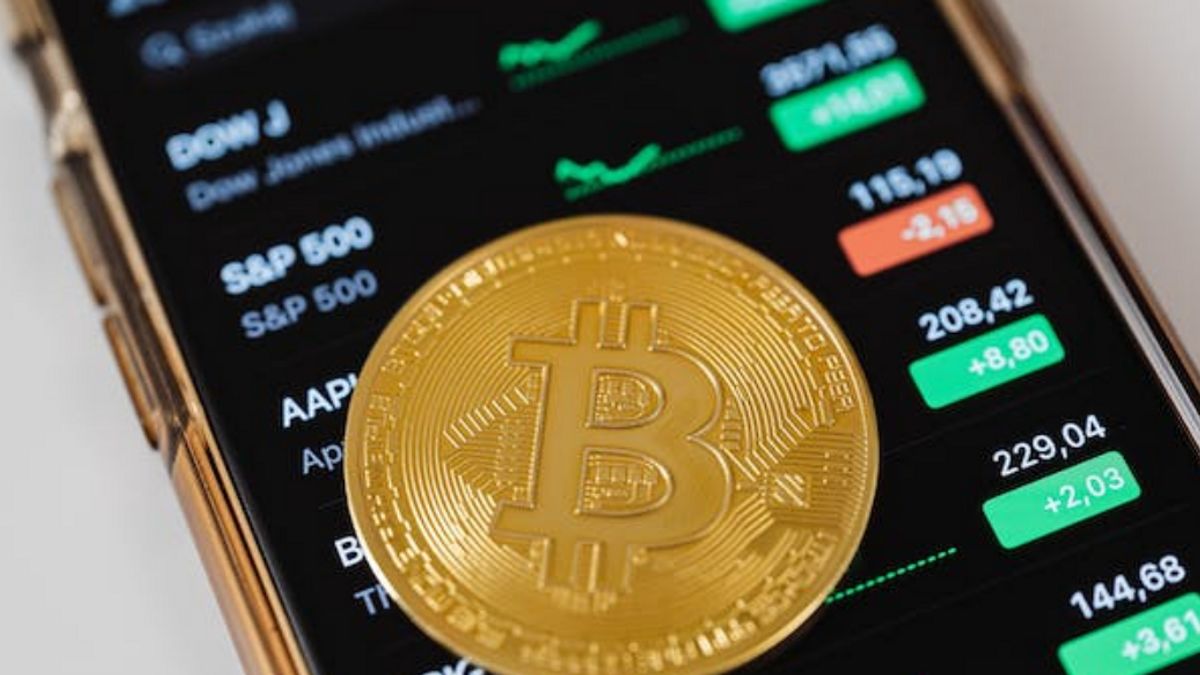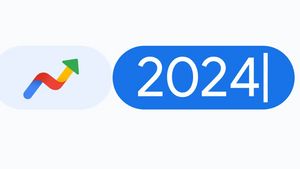JAKARTA - Bitcoin prices are expected to soar in 2024, driven by several factors, such as increasing demand, the influence of spot-based investment products, and halving events that will reduce new supplies. This is a concern for investors and observers, who expect the next bullish event for this largest crypto asset.
Haling Bitcoin is an event where the reward miners receive to complete a half-cut transaction block. Halving occurs every 210,000 blocks, or about four years. The goal is to maintain the value of Bitcoin and control the amount of Bitcoin in circulation.
When Bitcoin was launched in 2009, the initial reward for each block was 50 Bitcoins. After three halving times, the current reward is 6.25 Bitcoin per block. The next Halving is scheduled to take place in the second quarter of 2024, which will reduce the reward to 3.125 Bitcoins per block.
Historically, Haling Bitcoin has always correlated with a significant increase in Bitcoin prices, as it reduces selling pressure from miners and increases Bitcoin's scarcity. For example, after the first harving in 2012, the price of Bitcoin rose from around US$12 to more than US$1,000 in one year. After the second half in 2016, the price of Bitcoin rose from around US$650 to nearly US$20,000 in late 2017. After the third halving in 2020, the price of Bitcoin rose from around US$9,000 to more than US$60,000 in early 2021.
SEE ALSO:
This year, there are other factors that can boost the price of Bitcoin, namely the influence of spot-based investment products, such as exchange-trained funds (ETF) and trust. These products allow investors to get exposure to the price of Bitcoin without having to buy and store Bitcoin directly.
Meanwhile, observers are looking forward to fourth-half Bitcoin, anticipating it as a trigger for the next bullish event that will drive Bitcoin price hikes. Based on historical data, Bitcoin is usually followed by tremendous price increases in the long term, despite short-term fluctuations.
Haling Bitcoin also has an impact on hash rates, or computational speeds, Bitcoin mining networks. Bitcoin mining networks have grown rapidly, experiencing a 104% increase in hash rate by 2023. However, after halving, hash levels tend to decline, as some miners leave the market due to higher operating costs and lower income.
Based on a report by CoinShares January 2024, the average Bitcoin hash rate fell by about 9% below the trend line set for six months after halving. The year 2020 deviated from this norm due to mining bans in China, resulting in an extended decline of 42% below the trend line. However, typical cycles involve a mid-cycle recovery and a spike of about a year before the next half.
The English, Chinese, Japanese, Arabic, and French versions are automatically generated by the AI. So there may still be inaccuracies in translating, please always see Indonesian as our main language. (system supported by DigitalSiber.id)
















